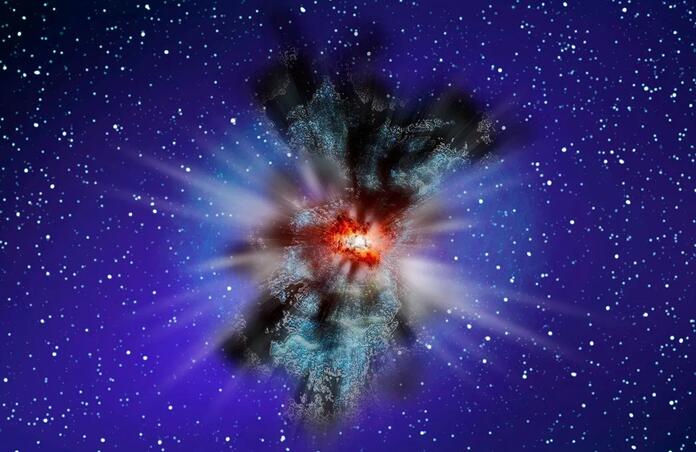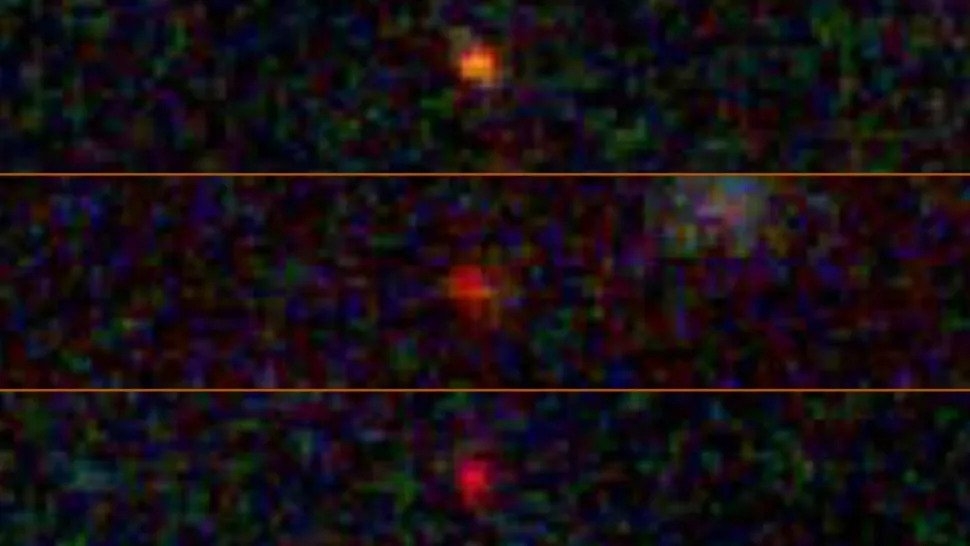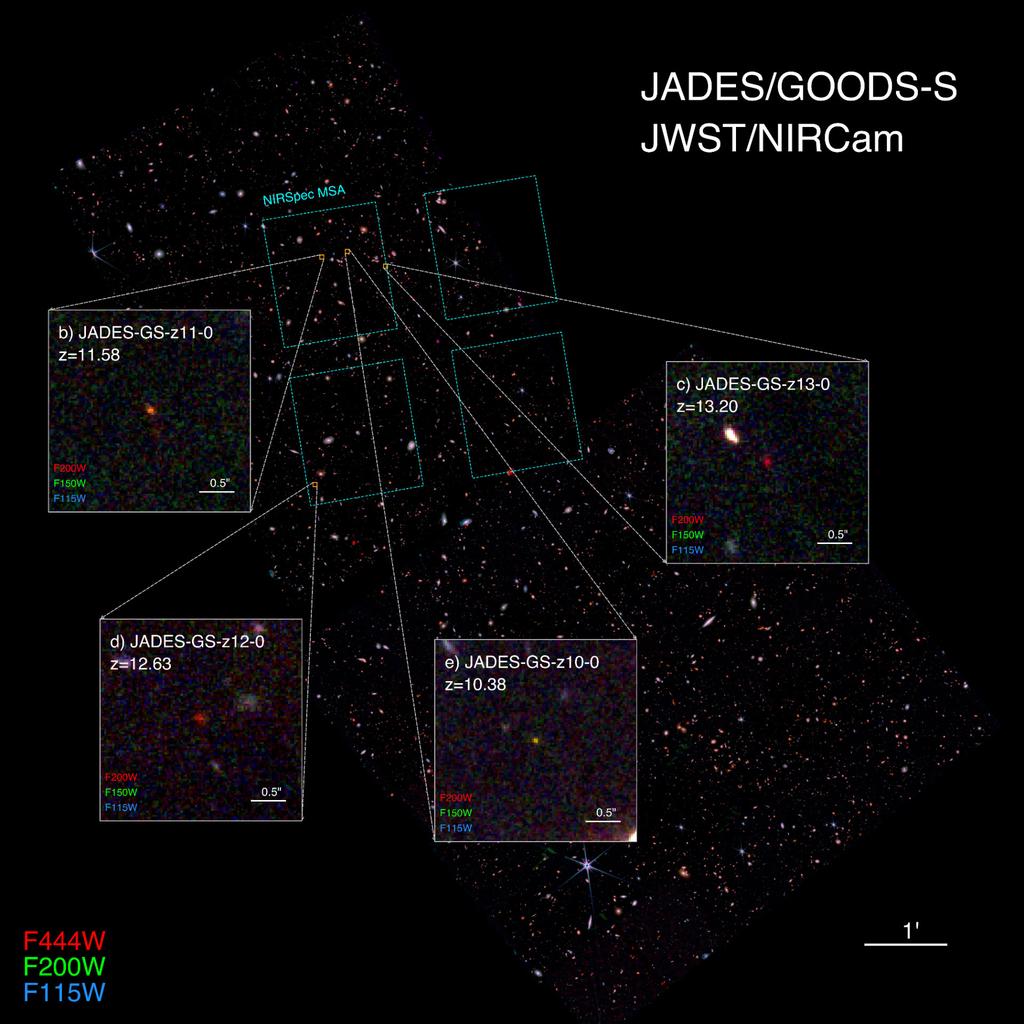Webb discovers three "dark star" candidates

Astrophysicists have discovered three bright objects which are strong candidates for “dark stars”. The mysterious objects were found after the team inspected images from James Webb. If confirmed, this could be a crucial puzzle piece in revealing the nature of dark matter, one of the universe's biggest ongoing mysteries.
Until now, the concept of dark stars has been purely theoretical. These strange stars are driven by the annihilation of dark matter particles, resulting in a much bigger and brighter star than those made of ordinary matter. This idea was first introduced by Katherine Freese, director of the Weinberg Institute for Theoretical Physics, and Doug Spolyar, a University of California, Santa Cruz graduate at the time. The duo questioned the role that dark matter played in the formation of the first stars, and upon reaching out to Paolo Gondolo, an astrophysicist at the University of Utah, a team was established, publishing their first paper detailing the theory in 2008.
The “dark stars” model
Dense clumps of matter in addition to clouds of hydrogen and helium gas are found at the centre of early protogalaxies. As this gas cooled, it would collapse, subsequently pulling dark matter in with it. The density would increase as the collapse ensued, which would result in the increasing annihilation of dark matter particles, in turn generating more and more heat. Due to this release of heat, the gas would be prevented from collapsing entirely into a dense enough core for fusion ignition. The result instead would be more gas and dark matter being trapped to form a much bigger and brighter star, with a more evenly distributed power source. Such dark stars could grow to be several times the mass of the sun, and shine 10 billion times brighter, making them no match for any ordinary star in the night sky.
The nature of dark matter has been a mystery to astronomers for decades since despite the fact that 27% of the universe is dark matter, there is still much to uncover about the peculiar component. The strongest evidence we have for its existence is from measurements of cosmic primordial radiation, anomalies in the radial dependence of galactic rotational curves, and gravitational lensing. The current leading candidate is weakly interacting massive particles. The collision of such particles leads to the annihilation and deposition of heat, which may result in the birth of dark stars.

The three candidates were originally identified as galaxies in December 2022 by JWST’s Advanced Deep Extragalactic Survey (JADES). However, these apparent galaxies do not fit the theory for traditional galaxies. The objects are some of the earliest ever seen, ranging in times of 320-400 million years after the big bang.

"When we look at the James Webb data, there are two competing possibilities for these objects," Freese said. "One is that they are galaxies containing millions of ordinary, population-III stars. The other is that they are dark stars. And believe it or not, one dark star has enough light to compete with an entire galaxy of stars."
The team has suggested that as dark stars age, they eventually collapse into supermassive black holes. This would explain the abundance of black holes in the universe, as well as provide a reason as to why dark stars have not been observed before now: astronomers did not have the necessary tools to see far enough back in time.
The next step is to confirm if these objects are in fact dark stars, which will be done through follow-up observations of their spectroscopic properties. In turn, this may solve a problem that has been introduced by JWST: there seem to be too many large galaxies too early in the universe to fit the predictions of the standard model of cosmology.
--
Cover image: Science Photo Library
Journal source: Cosmin Ilie et al, Supermassive Dark Star candidates seen by JWST, Proceedings of the National Academy of Sciences (2023). DOI: 10.1073/pnas.2305762120
